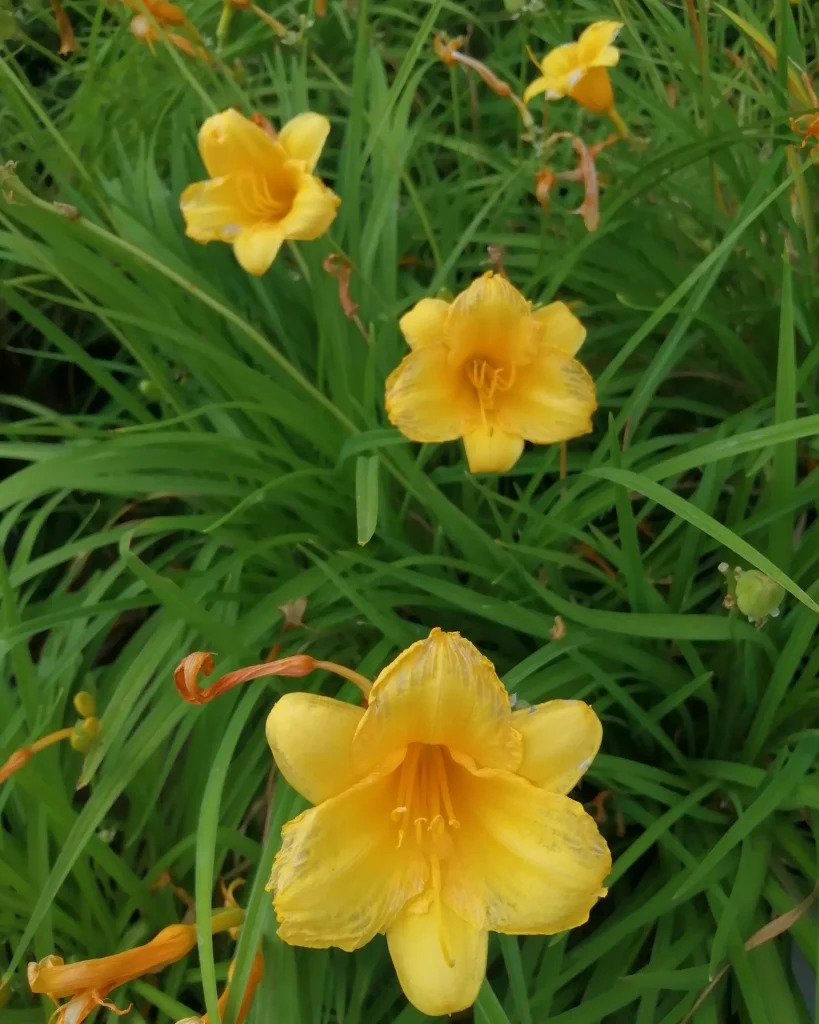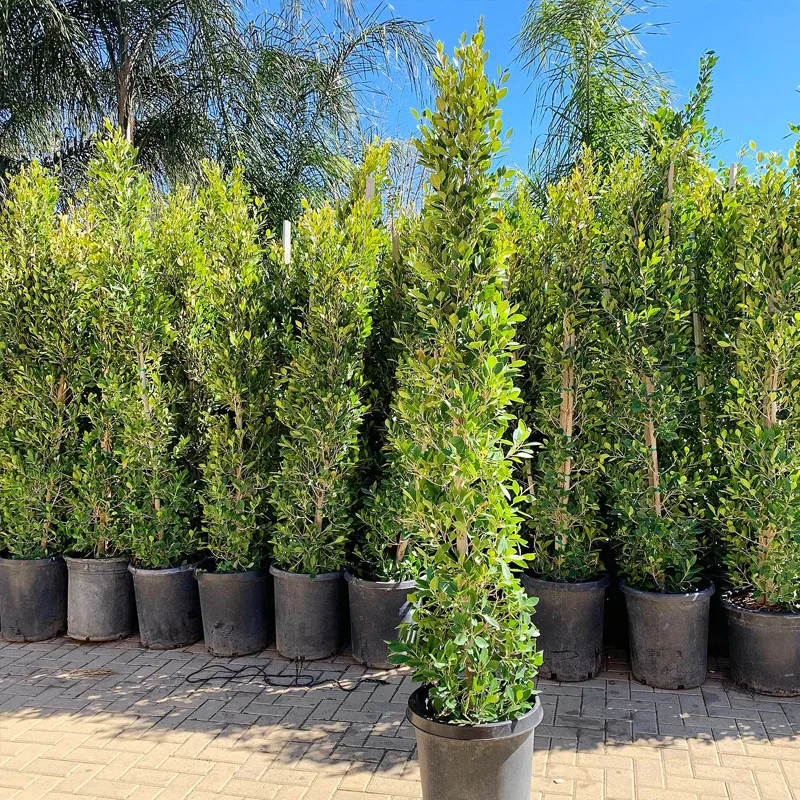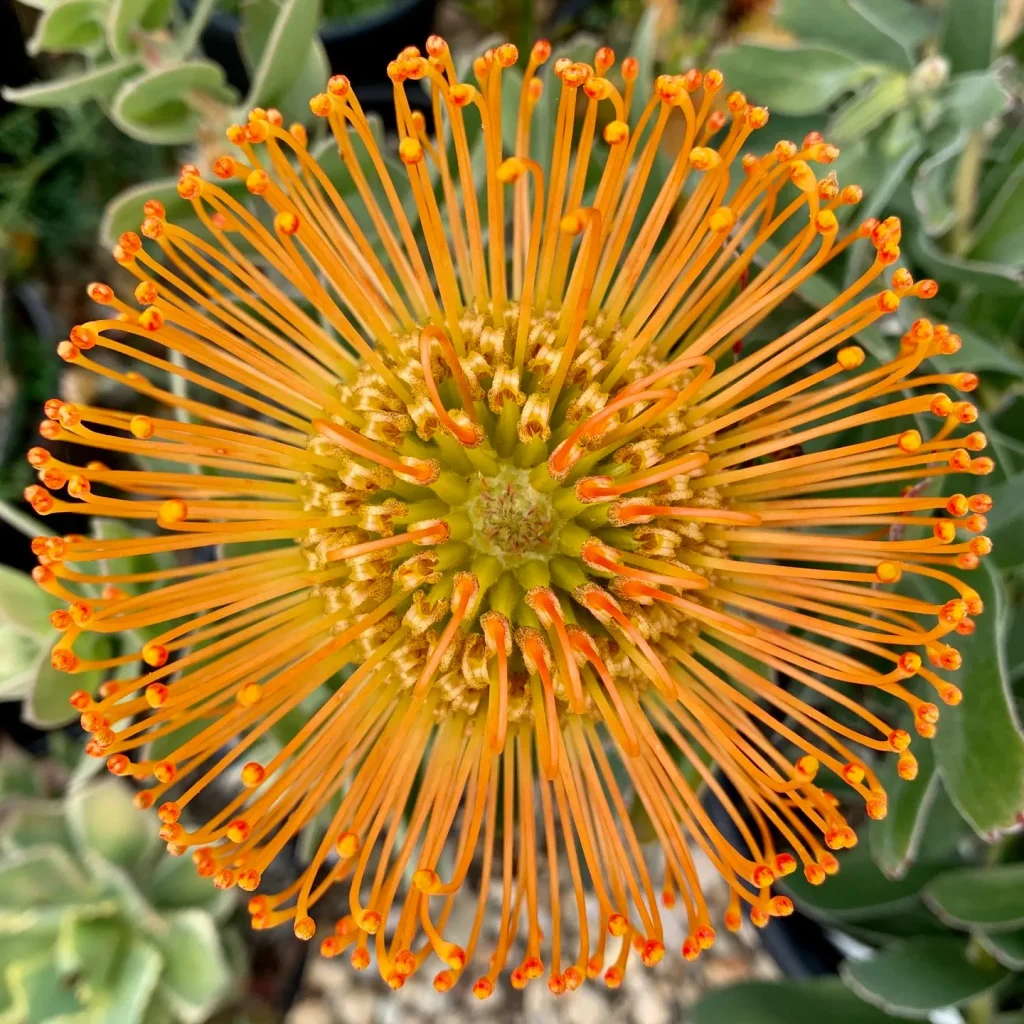Hoya Villosa: Unveiling the Velvet Wonder
As a plant enthusiast, I’m often drawn to unique and captivating foliage. The Hoya Villosa, with its velvety leaves and fragrant blooms, has a special place in my collection. But this beauty isn’t just about aesthetics; it’s surprisingly easy to care for. Let’s delve into the world of Hoya Villosa, answering your burning questions and exploring its charm.
566 Species in Genus Hoya
What is Hoya Villosa?
Hoya Villosa, sometimes recently reclassified as Hoya globulosa, is a captivating vine native to Southeast Asia. Renowned for its plush, velvety leaves that boast a distinctive rippled texture and fuzzy undersides, this Hoya adds a touch of luxury to any indoor space. But the magic doesn’t stop there. When it blooms, Hoya Villosa produces star-shaped flowers that emit a mild, pleasant fragrance.
Light
Bright, indirect light is the key to keeping your Hoya Villosa happy. Think dappled sunlight filtering through a sheer curtain. Direct sunlight can scorch the leaves, so avoid placing it on a south-facing window sill. East or west-facing windows with some shade are ideal.
Water
When it comes to watering, remember: “Less is more” is your mantra. Hoya Villosa thrives on neglect in this department. Let the soil dry completely between waterings. A good rule of thumb is to stick your finger into the potting mix. If the top inch feels dry, it’s watering time. Overwatering is a surefire way to invite root rot, so err on the side of caution.
Soil
Well-draining soil is essential for Hoya Villosa’s well-being. A succulent or cactus mix works well, or you can create your own by combining potting mix with perlite or orchid bark for added drainage.
Humidity
While Hoya Villosa can tolerate average household humidity levels, it truly flourishes in higher humidity environments. Grouping your Hoya with other humidity-loving plants or placing it on a pebble tray filled with water can help create a more humid microclimate.
Fertilizer
During the growing season (spring and summer), a light feeding every few weeks with a balanced fertilizer diluted to half strength is beneficial. However, Hoya Villosa isn’t a heavy feeder, so don’t go overboard. Avoid fertilizing during the winter months when growth slows down.
How big does Hoya Villosa get?
Hoya Villosa is a vining plant, so it can grow quite long with proper care. You can train it to climb a moss pole or trellis, or let it cascade elegantly from a hanging basket.
Is Hoya Villosa easy to propagate?
Yes! Hoya Villosa propagates readily from stem cuttings. Take a healthy stem cutting with a few nodes and plant it in a well-draining potting mix. Keep the soil moist but not soggy, and provide bright, indirect light. With patience, you’ll see new growth emerge in a few weeks.
Does Hoya Villosa have any pests or diseases?
Hoya Villosa is generally a pest- and disease-resistant plant. However, mealybugs and scale can occasionally be an issue. If you notice any pests, treat them promptly with insecticidal soap or neem oil.
Hoya Villosa vs Hoya Carnosa
Hoya Villosa and Hoya Carnosa are both popular houseplants with some similarities. Both are vines with attractive foliage and fragrant blooms. However, there are key differences. Hoya Carnosa has thicker, more succulent leaves, while Hoya Villosa boasts the aforementioned velvety texture with a fuzzy underside. Additionally, Hoya Carnosa blooms more frequently than Hoya Villosa.
Hoya Villosa vs Globulosa
I’ve found that Hoya Villosa’s soft, velvety leaves make it feel like a cozy addition to my indoor jungle, while the waxy, thick foliage of Hoya Globulosa gives it a sturdy and striking presence that always catches my eye.
Conclusion
Hoya Villosa is a captivating plant that offers a unique combination of beauty and ease of care. With its velvety leaves, fragrant blooms, and manageable needs, it’s a perfect addition to any plant collection. So, if you’re looking for a touch of the extraordinary, consider welcoming a Hoya Villosa into your home.
If i die, water my plants!



